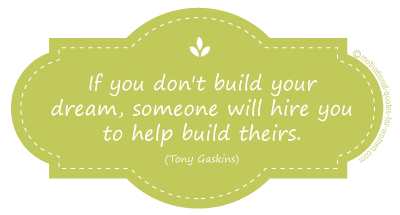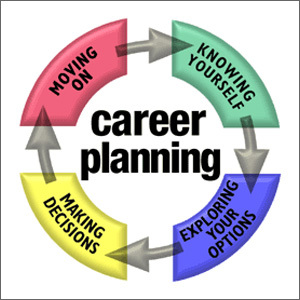
There are two phases to a woman's career. The first phase focuses on pursuing a job and the second combines work with family. Women often have to work long hours, and are often penalized if they take time off. Another barrier is the lack of equal opportunities. Working long hours makes it hard to maintain a balanced life.
Women's career has two phases
The study's purpose is to investigate the nature of women's career experiences throughout their lives. The research design combines life story surveys, interviews, and thematic analysis. It uses codes as a way to identify the most important factors that affect career choices. Study findings show that women's career experiences can be influenced by their work experience, career contexts, beliefs, and other personal factors. Researchers have developed a three phase age-linked model to help women develop their careers.
This is the most important phase for career advancement. The next phase involves moving up to management. McKinsey research shows that women often lose ground when making the first career step from entry-level to manager. According to the Women in the Workplace 2021 report, women hold approximately one-third of the first-level managerial positions and 41% of engineering jobs.

It is difficult to make time for leisure when you have a long work week.
Research has found that over four million U.S. workers would prefer to work full-time hours but must take time off for other reasons. This can include non-economic reasons, such as parenting, medical problems, or the need for additional education. Women with young children may find it difficult to take time off and have adverse consequences for their career and well-being. This may result in a wage penalty of up to 18 percent.
Inequal opportunity
Women claim that there aren't equal career opportunities in all areas. The gap can be varied depending on race and industry. It is especially evident in those industries dominated predominantly by men. This is particularly true in energy and utilities, construction, engineering, and science. Many men attribute this disparity to a belief in meritocracy, but it is likely that women in these fields feel differently. This disparity in perceptions is the main reason women tend to leave high-paying professions.
There are many specific policies to address this issue. It is crucial to create an inclusive narrative about work that values all workers' skills and experiences in order to ensure an equitable future. Gender equity can be achieved by implementing equal pay and promotion policies.
Challenges in combining work and family
Women today face one of the most difficult challenges: juggling work and home. Whether you're a new mom or have spent years in corporate America, juggling your career and family can be difficult, but it is possible. A number of policies exist to help you find the best work-life balance.

Some workplaces work better for women than other. A mother used to look for higher-paying positions that allowed her to work while also juggling family responsibilities. In today's world, women might be criticized if they try to balance their careers with raising children. If a man learns of her new career plans, he might react passive-aggressively and sarcastically.
Women's support networks
A women's job network offers a supportive group for women who want their career dreams to become a reality. These networks can provide inspiration and help women overcome their obstacles with the collective energy of women. These networks are also a great resource for women looking to gain inspiration and get information that can help their career.
A great example of a women's network is the Women's Chapter, a networking group in London. This organization champions women in business and women-founded companies. It hosts a number of events that are open to both women in the industry and for everyday women. The network offers three different levels of membership. There is Community Membership, Business Membership, and Corporate Membership.